Authors
No matching authors found
Try adjusting your search criteria
Advertisement
Advertisement
Trending on Drug Topics
1
FDA Enforces Stricter Vaccine Development, Linking COVID Vaccine to Pediatric Deaths
2
TrumpRx Promising Direct-to-Consumer Drugs for Discounted Prices
3
New Research Highlights Dietary Interventions to Potentially Manage Asthma
4
The Regimen: Pharmacists Bridging the Treatment Gap for Patients with OUD
5




